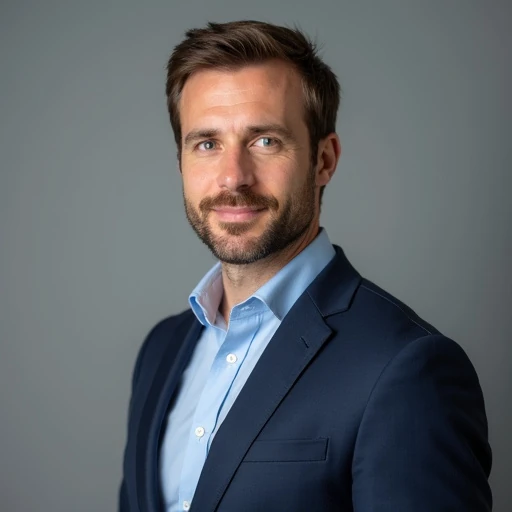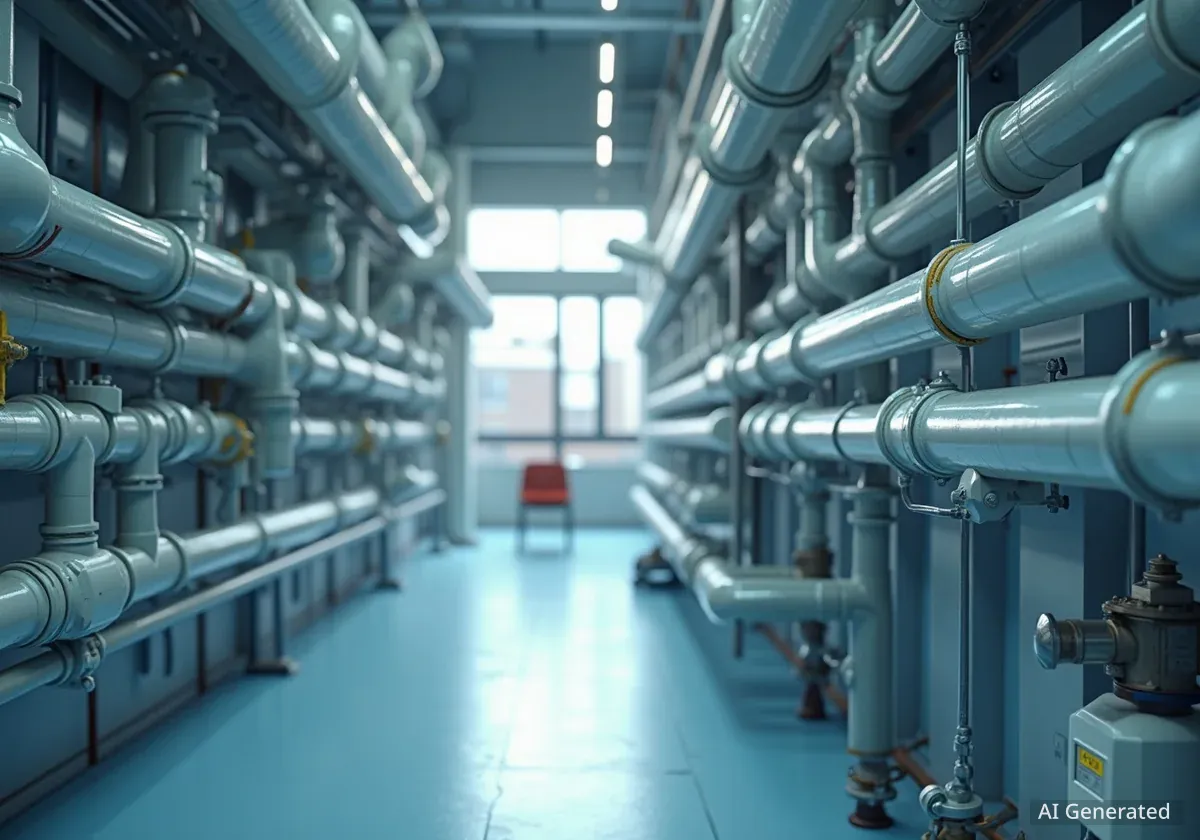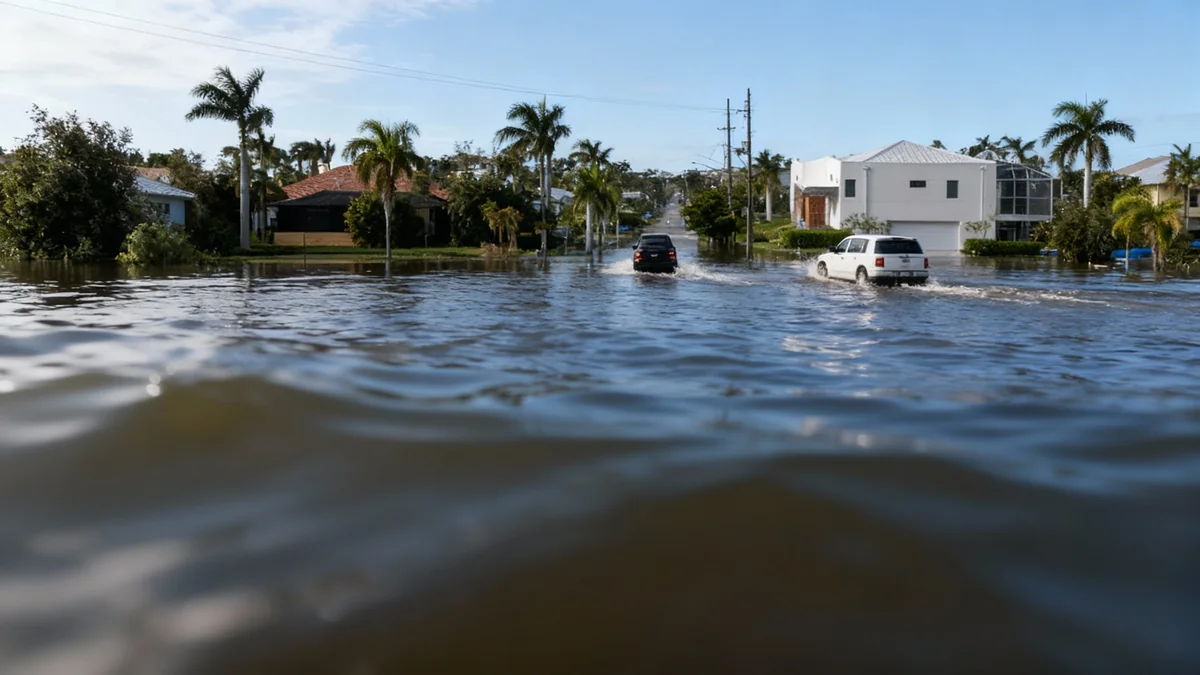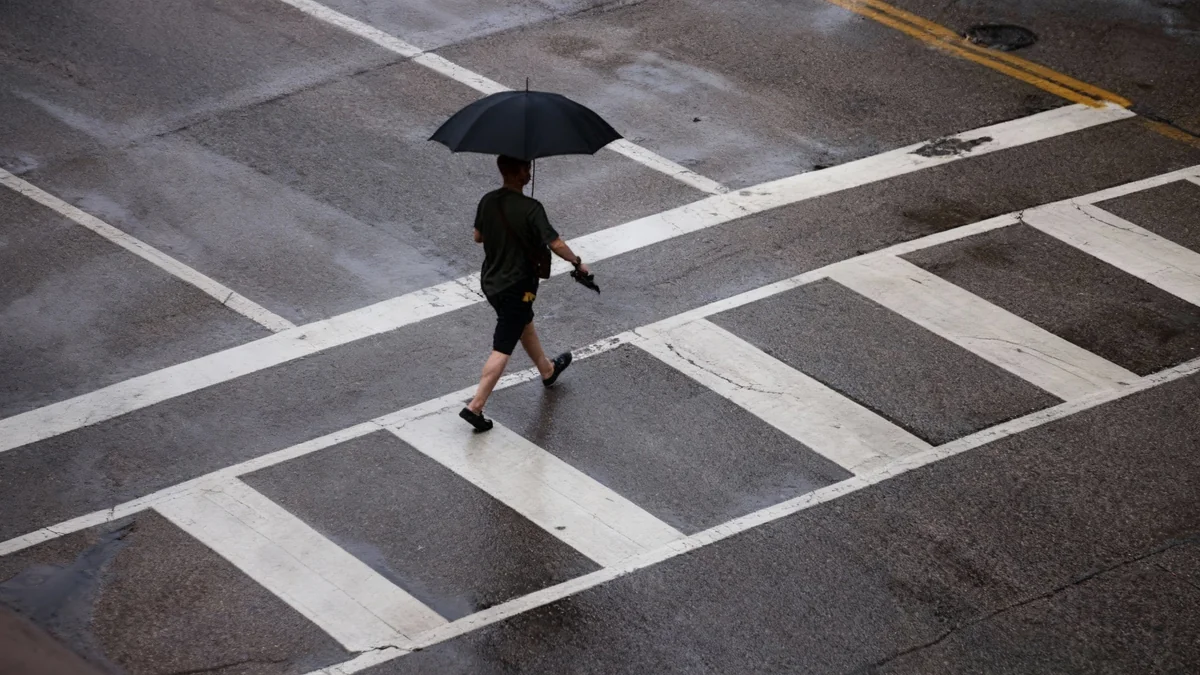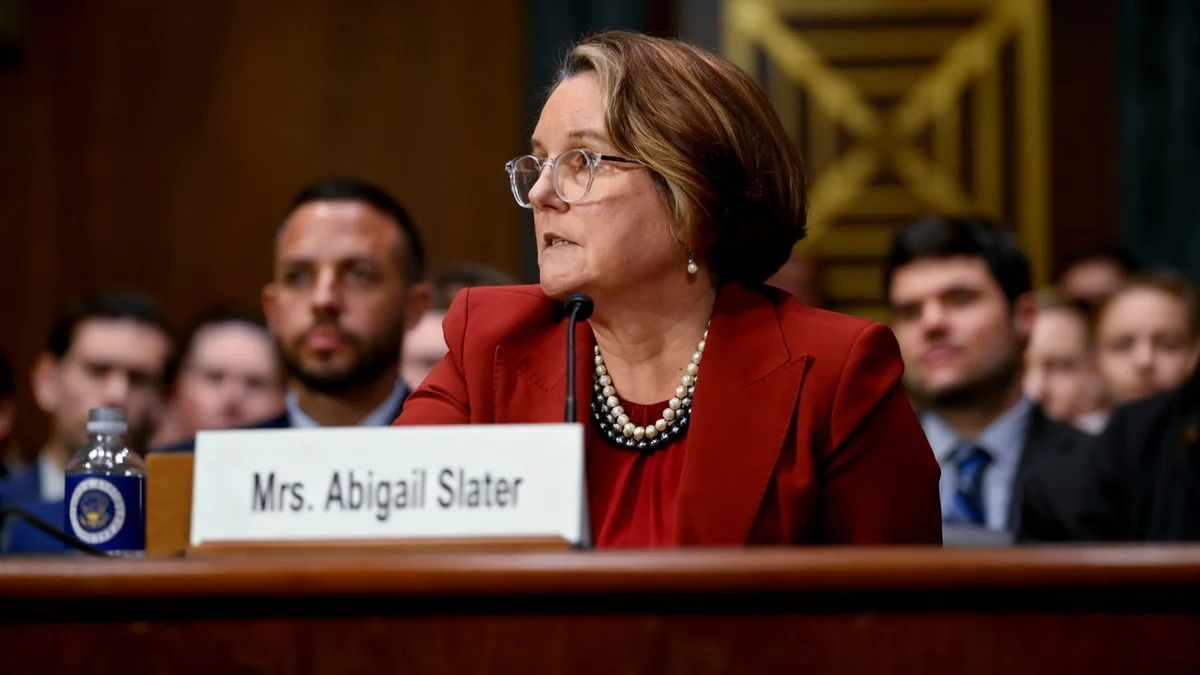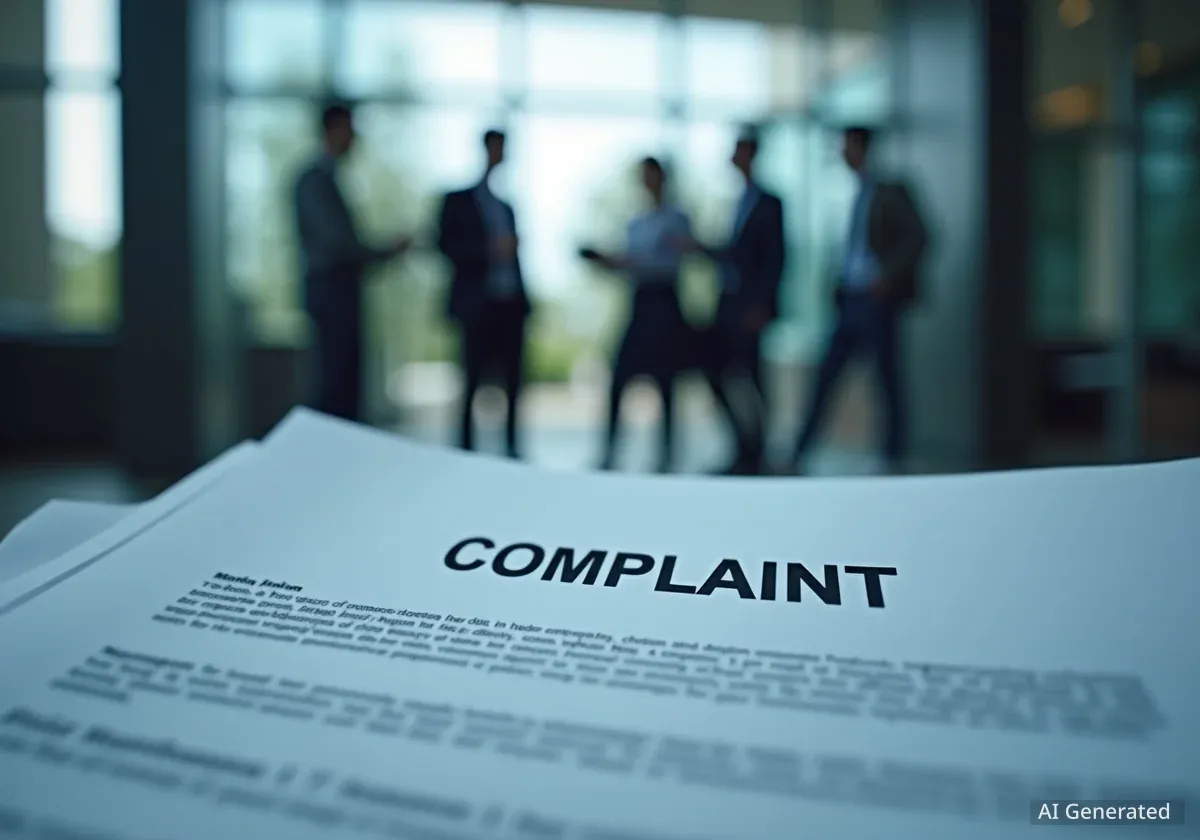New technologies are helping to address significant water loss within commercial and public buildings. While large-scale leaks in underground networks remain a major concern, innovative systems are now targeting inefficiencies inside structures. This shift could lead to substantial water savings and improve overall sustainability efforts.
Key Takeaways
- Water loss in buildings represents a major sustainability challenge.
- Shayp and Microsoft partner to reduce water waste in European schools and public buildings.
- AI-powered systems create digital twins of water consumption for precise leak detection.
- Ecolab and CBRE collaborate to improve water efficiency in commercial real estate.
- Technology offers a strategic solution to global freshwater scarcity.
Focus Shifts to Internal Building Leaks
Historically, the primary focus for water leakage and waste has been on extensive underground pipe networks. These systems transport water across cities and towns. For example, the United Kingdom loses an estimated 3 billion liters of water daily through leaky pipes. In the United States, approximately 90 billion liters of water are lost each day.
While addressing these large-scale network leaks is crucial, experts are increasingly highlighting another important area: water loss within buildings. Making these structures as water-efficient as possible is becoming a key priority for sustainability.
Water Loss Statistics
- UK: 3 billion liters lost daily from underground pipes.
- US: 90 billion liters lost daily from underground pipes.
- Schools/Universities: Over 20% of water consumption often wasted due to leaks.
Shayp and Microsoft Partner for Water Savings
Belgian water technology company Shayp recently announced a significant 10-year partnership with Microsoft. This collaboration will focus on achieving substantial water savings in educational and public buildings. The initial target areas are Brussels and Paris.
Schools and universities are particularly susceptible to water leakage. On average, more than 20% of the water consumed in these institutions is wasted. The project aims to target 125 schools in Brussels and 500 schools and public buildings in Paris.
"In order to become water positive by 2030, part of our strategy is to replenish water in watersheds where we operate," said Eliza Roberts, water lead at Microsoft.
Advanced Leak Detection with AI
Shayp's system uses advanced technology to create a digital twin of a building's water consumption. It monitors water meter data with high precision, capturing one data point every 30 seconds. This allows for the detection of even minor leaks, as small as a trickle.
Once connected to a building's main water meter, Shayp's artificial intelligence (AI)-powered software learns typical water usage patterns. It then flags anomalies in real-time. This proactive approach helps identify and address leaks quickly, preventing further waste.
Digital Twins Explained
A digital twin is a virtual model designed to accurately reflect a physical object. In this context, Shayp creates a digital representation of a building's water system. This allows for continuous monitoring, analysis, and simulation of water flow and consumption patterns without needing to physically inspect every pipe.
Addressing Leakage in Large Sites
Gregoire de Hemptinne, co-founder and chief executive of Shayp, noted that discussions about water digitalization often center on utility companies and their extensive networks. However, he emphasized that up to 30% of water leakages can occur on large sites, such as public buildings and school campuses.
Shayp's technology measures water flow at various points within a building. This helps track and identify specific flows and leaks. The system is designed to adapt to each building's unique characteristics.
"What separates us from the existing technology is our platform adapts to the building. It understands what everyday human behavior looks like, versus a real problem within the building," de Hemptinne stated.
He added, "Today, companies must invest in long-term water security solutions beyond their own operations. Forward-thinking corporations recognize that investment in sustainable infrastructure today will benefit communities for decades to come."
Industry Collaboration for Water Efficiency
The need for improved water efficiency extends across the commercial real estate sector. Emilio Tenuta, senior vice president and chief sustainability officer at Ecolab, pointed out that globally, an estimated 30% of municipal water is lost before reaching the end user.
Reducing these losses is not just a technical fix, but a strategic necessity. "With a projected 56% shortfall in freshwater availability by 2030, every innovation that protects and preserves water moves us closer to closing the gap. The time to act isn’t tomorrow, it’s now,” Tenuta emphasized.
CBRE, a global commercial real estate services and investment firm, recently announced a partnership with Ecolab. This collaboration aims to improve water efficiency and quality across the properties CBRE manages. CBRE estimates that the properties under its management use more than 100 billion gallons of water annually.
Rob Bernard, CBRE’s chief sustainability officer, commented, "We are focused on creating value for our clients by solving their biggest sustainability challenges, and water is increasingly important, especially in sectors like data centers, life sciences and advanced manufacturing.”
Google's Role in Community Water Conservation
Google is also contributing to water conservation efforts. In partnership with Agua Segura, Google launched a new project in Belgium. This initiative focuses on detecting and preventing water losses in community buildings located near its data center. This highlights how major technology companies are recognizing their role in local environmental stewardship.
These combined efforts from technology firms, real estate companies, and sustainability experts show a growing commitment. The goal is to tackle water waste comprehensively, from large municipal networks to individual buildings, to ensure water security for the future.
- Key Players: Shayp, Microsoft, Ecolab, CBRE, Google, Agua Segura.
- Target Areas: Schools, public buildings, commercial real estate, community buildings.
- Technology Used: AI-powered monitoring, digital twins, real-time anomaly detection.
